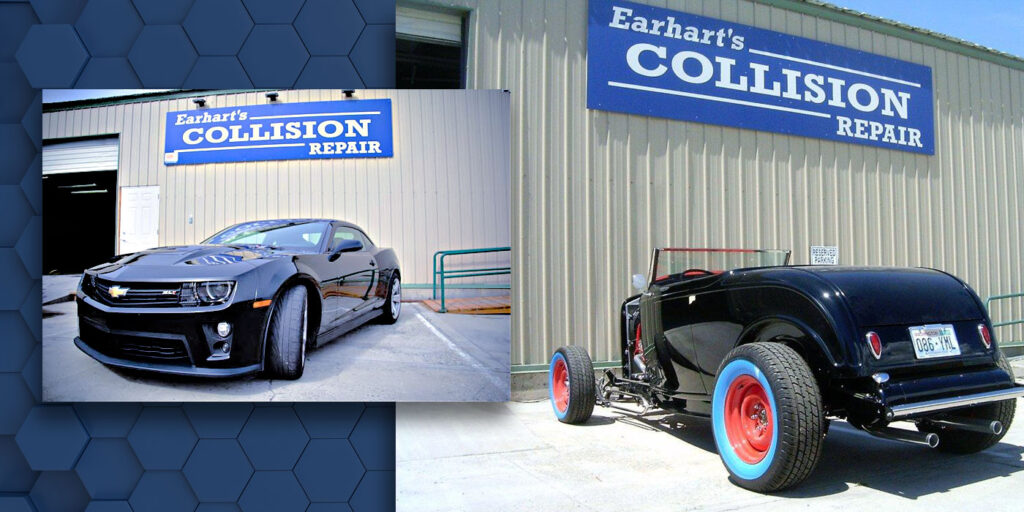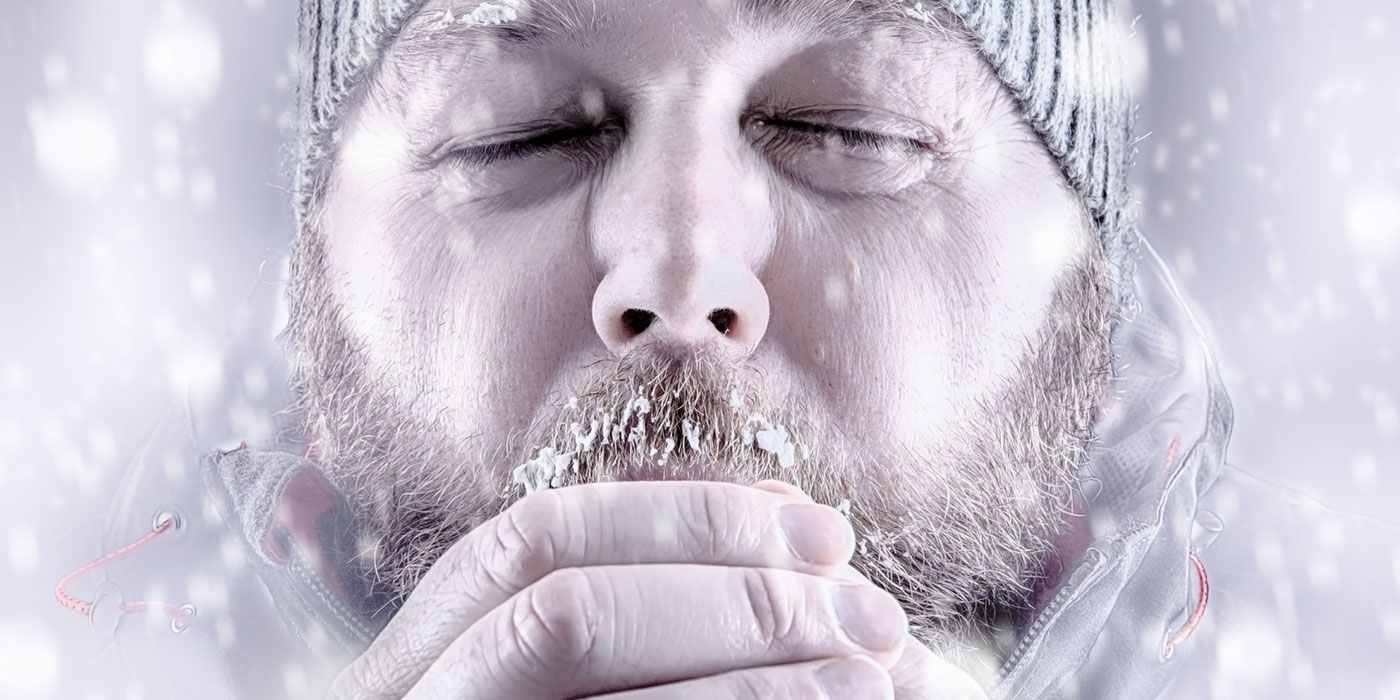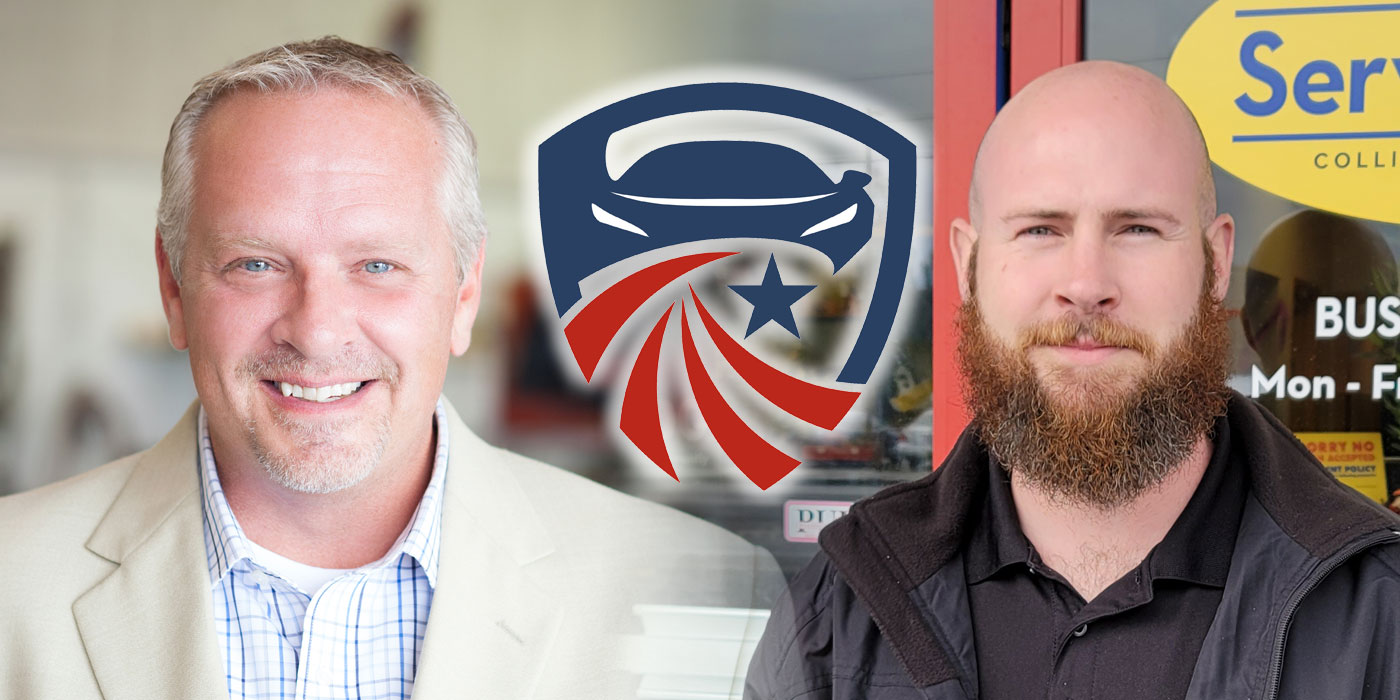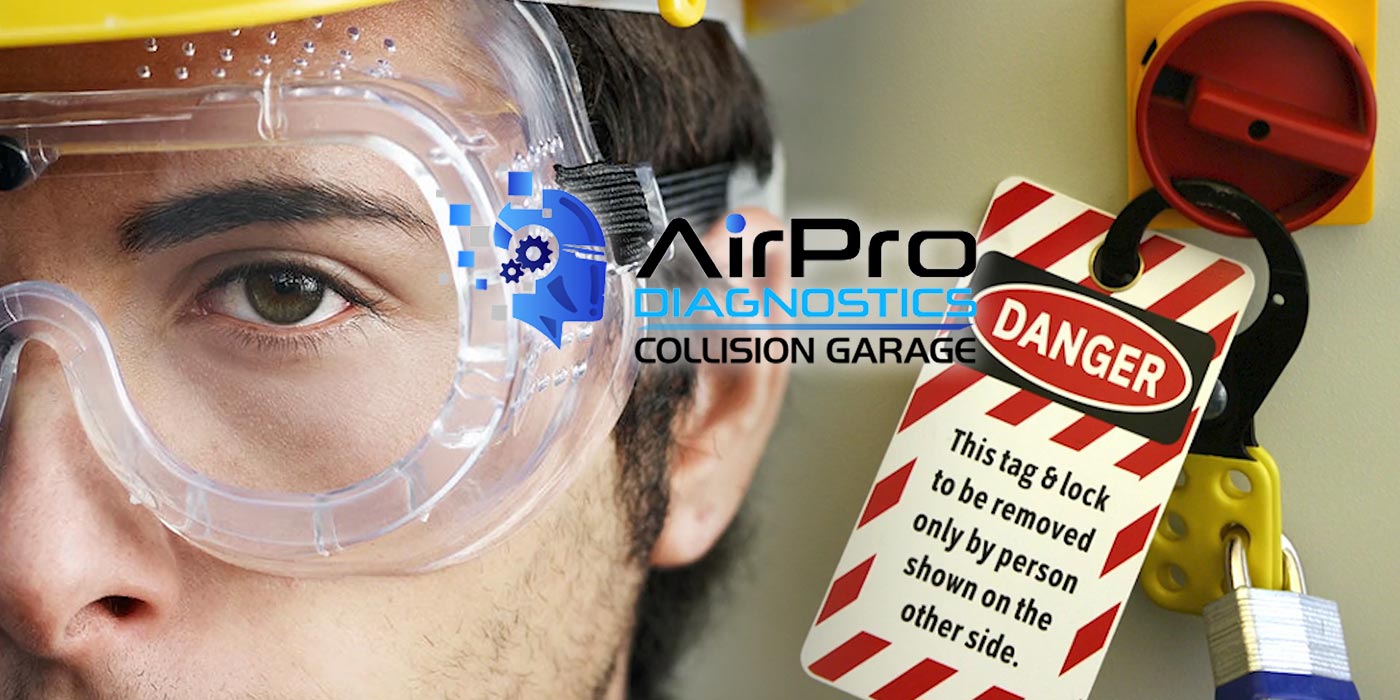Ten years ago, OSHA launched its Heat Illness Prevention campaign to educate businesses and their employees about the dangers of working in the heat. According to OSHA, the three key words when it comes to safety around hot weather are: water, rest and shade.
When thinking about the automotive industry, shade is not the first word that comes to mind as it applies to safety in this environment – though some workers move cars or work outside at times. But the other key words, water and rest, are worth a look as they apply to a potentially hot shop environment.
According to OSHA, every year dozens of workers die and thousands more become ill while working in extreme heat or humid conditions. It’s important to know that heat illness can affect anyone, from young to old to fit individuals and those in poor physical condition.
As an employer under OSHA’s General Duty Clause, you are responsible to provide a workplace free of known safety hazards. In this case, the hazard would be high temperatures in the work environment. Keeping that in mind, why not incorporate a heat illness prevention plan into your overall health and safety program?
Your Body and Heat
How does heat affect your body? Through sweating and increased blood flow to the skin, the human body relies on its ability to get rid of excess heat to maintain a healthy internal body temperature. Naturally, workers get relief when they’re in a cooler environment and with reduced physical activity. But this isn’t always possible, as people often get in the zone of working and forget about their discomfort.If a worker cannot get relief, their internal body temperature keeps rising. They may experience symptoms such as thirst, irritability, rash, cramping or heat exhaustion. Even worse is heat stroke, where a person can become confused, disoriented, have slurred speech or even become unconscious.
The three key words when it comes to safety around hot weather are: water, rest and shade.
If someone is experiencing heat-related illness, help them to the shade or air conditioning. In an emergency, OSHA recommends cold water or an ice bath to cool the person immediately. Call 911, and do not leave the worker alone.
Because preparation is an essential component of a comprehensive health and safety plan, think about this as it relates to your current practices. If someone is in trouble, do you have a way to easily put together ice in bags or a large container? Do you have fans available and towels that can be wet down with cold water as an alternative?
The Good News: Prevention
Although there’s a chance the shop environment can get too hot for workers, it’s comforting to know that heat-related illness can be preventable.
As mentioned earlier, incorporating prevention into your health and safety plan is a great first step. When hot weather hits, give workers a chance to acclimate. Encourage workers to frequently consume fluids, such as water or sports drinks. In extreme weather, consider shorter shifts and more frequent breaks. It may take a few days to get used to really hot weather. If you are experiencing a long, hot summer, every day is an opportunity to remind workers of the risks and encourage smart behaviors.
Heat illness can affect anyone, from young to old to fit individuals and those in poor physical condition.
Make sure all employees know the signs and symptoms of heat-related illness. Consider posting reminders about heat illness and prevention, and address this topic in your team meetings. Give your employees a chance to offer feedback and ideas. When you establish a safety culture, your employees will look out for each other. This also benefits your business, which can suffer through decreased performance, as well as lost productivity because of illness and potential hospitalization.
In addition to behavior and training, engineering controls can also be helpful. Air conditioning (when possible), fans and increased air flow help keep the temperature manageable.
At Risk
What can contribute to occupational heat exposure? According to OSHA, contributors include physical activity, air temperature, humidity, sunlight, heat sources, air movement and protective gear that may hamper the body’s ability to lose excess heat.
Of course, there are also risk factors that go beyond the shop environment. These can include medical conditions, lack of physical fitness, previous episodes of heat-related illness, alcohol or drugs in a person’s system, or certain medications. However, anyone can experience heat-related illness, so it’s important to be considerate of all of your employees.
For more information about how you and your employees can stay cool, visit osha.gov/heat-exposure.














